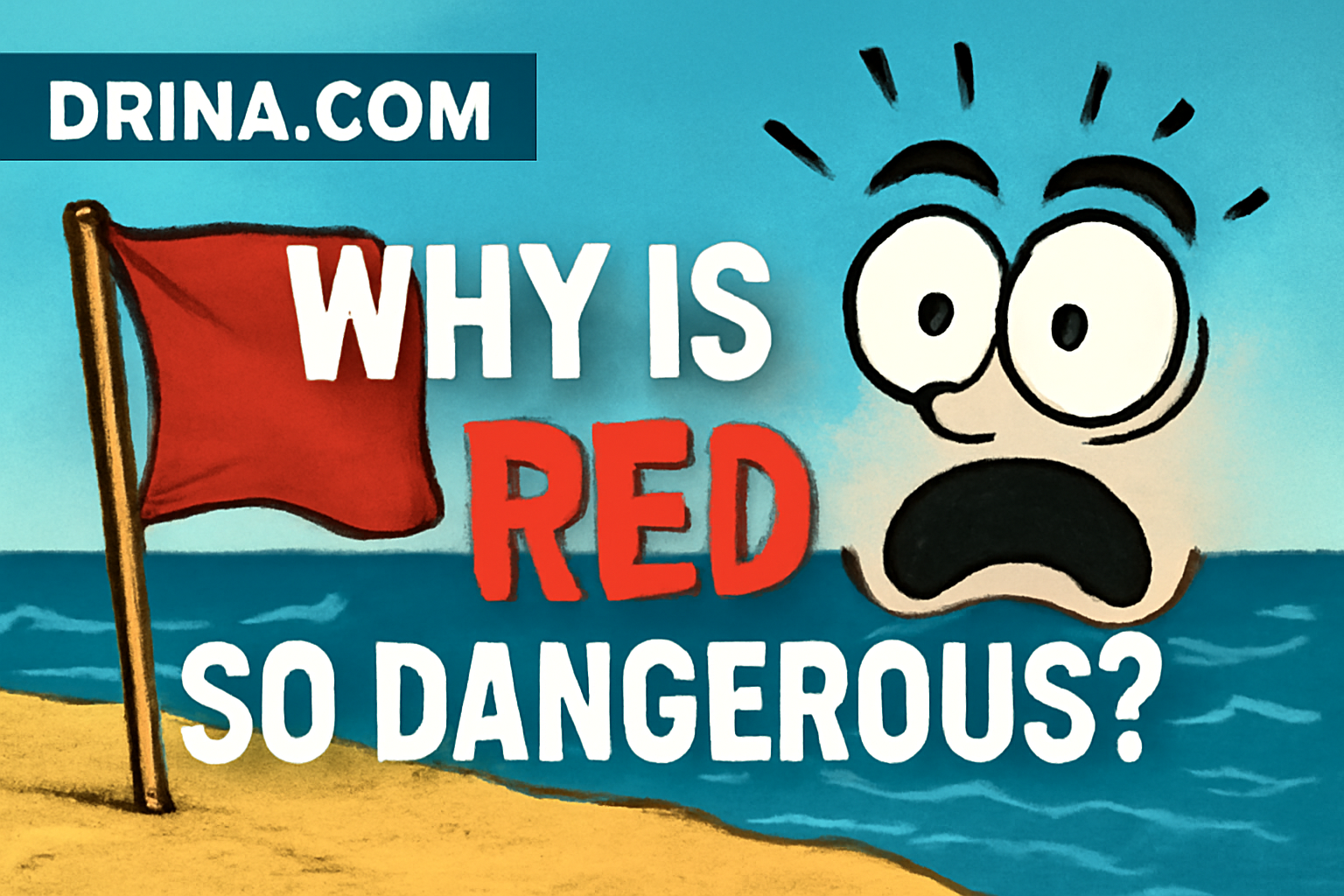BEACH WARNING: FLAGS THAT CAN SAVE YOUR LIFE!
Have you ever wondered what those colorful flags on beaches really mean? If you think they’re just for decoration, you’re dead wrong! These flags are your first line of defense against sea dangers, and one of them – the red flag – is a total nightmare for swimmers.
Green Flag – The Sea is Friendly! A green flag means the sea is calm and safe for swimming. Waves are small, currents weak, and the risk of accidents almost zero. But don’t get too relaxed – the green flag isn’t mandatory, so if it’s not there, it doesn’t mean the sea is dangerous.
Yellow or Orange Flag – Caution, The Sea is Not So Friendly! These flags warn of moderate risks. Maybe the waves are a bit bigger, currents stronger, or there’s concern about pollution. If you see a yellow flag, swim carefully and always where you can touch the bottom.
Red Flag – STOP! No Swimming Allowed! The red flag signals high danger. The sea is rough, waves are big, currents strong, and dangers lurk everywhere. When the red flag is raised, take the warning seriously and stay dry.
Double Red Flag – DISASTER AHEAD! This is the worst case. Swimming is strictly forbidden due to extremely dangerous conditions – strong storms, deadly currents. If you see two red flags, better get out of the water immediately.
Purple Flag – Dangerous Sea Creatures! This flag warns of dangerous marine life like jellyfish or poisonous fish. If you don’t want painful stings or allergic reactions, stay away from the water.
Red-Yellow Flags – Safe Zones Under Lifeguard Watch! These flags mark parts of the beach where swimming is allowed but only under the watchful eye of lifeguards. These are your safe zones, where the risk of accidents is minimal.
Why Is It Important to Respect the Flags? Each flag is there to warn and save you. Ignoring the red or double red flag can lead to tragedy. Lifeguards don’t raise flags without reason – they are your silent heroes looking out for your safety.
Bonus: How to Behave on the Beach? Always watch the flags and follow lifeguard instructions. If you see smoke or fire nearby, like recently in Greece, move away immediately. Sea temperature can vary, so pick beaches with warmer water if you want to enjoy without risk.
Conclusion: The beach isn’t just a place to relax; it’s a zone where nature can be dangerous. Learn what the flags mean and don’t risk your life for a moment of carelessness. Next time you’re at the beach, look at the flags and ask yourself: is today a day for swimming or for caution?
If you survived reading this warning, drop a comment – which flag surprised you the most? Or maybe you have a sea story to share? Don’t be shy, the beach is for stories, not just sunbathing!







